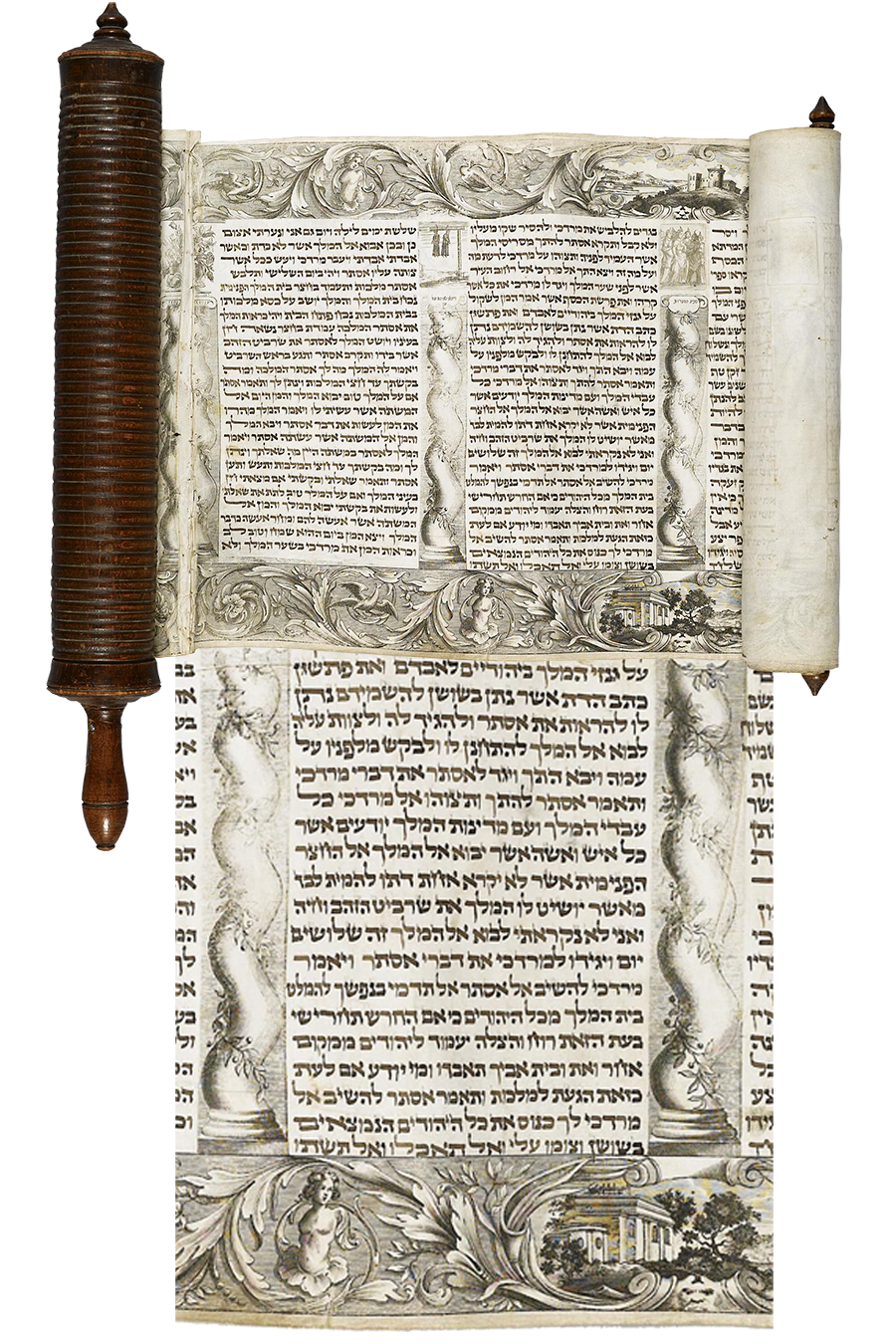
Bible, History, Archaeology
Bible,
History,
Archaeology
Esther's code,
Purim 1946
Contents:
Watch the video – Presentation text
Video from the program «À l'origine» hosted by Steve Suissa on France 2. With the participation of Rabbi Michaël Azoulay and Yohan Perez, author and consultant. © France 2.
October 6, 1946. At the end of the Nuremberg trials, Nazi dignitary Julius Streicher climbs the scaffold. Before he was hanged, he exclaimed: «The Jews are going to be happy! It's Purim 1946!» The world was stunned. What did he mean? It's been established that Streicher was referring to a Jewish holiday that commemorates the events recounted in a two-thousand-year-old biblical text: the biblical Book of Esther. But his statement is nonetheless enigmatic.
Presentation
This proven historical fact is the starting point for The Esther Code. This extraordinary adventure takes Bernard Benyamin and Yohan Perez from Nuremberg to Jerusalem, and from the banks of Zurich to Landsberg prison, where Hitler wrote Mein Kampf. From encounters to revelations, they will discover that the Book of Esther conceals a secret message, and that there are similarities between the ancient Persian kingdom and the Germany of the Third Reich that defy reason.
This incredible scenario, worthy of The Raiders of the Lost Ark and Dan Brown, has nothing to do with fiction: all the facts recounted in this book are rigorously authentic. To crack the «Esther code», Bernard Benyamin and Yohan Perez conducted a lengthy investigation, interviewing numerous Jewish scholars and historians. At the end of their investigations, they lift the veil on the most disturbing prophecy of the 20th century.
A magnificent illustrated scroll
an Esther meguillah
Ink on parchment (310 x 2620 mm). Text written in square Hebrew script arranged in 16 columns of 25 lines. The manuscript is housed in a turned cylindrical wooden case.
The Scroll of Esther (megillat Ester) is one of the «Five Scrolls».» (hamesh megillot), the name originally given to five books of the Hebrew canon read in the synagogue on a feast day, which, like the sefer Torah, took the form of a handwritten scroll calligraphed by a scribe (sofer). In fact, only Esther's scroll retains this form.
On November 24, 2009, the American auction house Sotheby's in New York auctioned this Esther meguillah, estimated at between 100,000 $ and 120,000 $, and finally sold for 135,500 $.
This magnificent Esther parchment is an extremely rare example of a megillah with a superb engraved border created by the artist Paul-Jean Franck. The majority of 18th-century megillot with engraved borders were produced in Amsterdam and Venice.
To view Esther's scroll and the detail of a leaf, click on the image.

